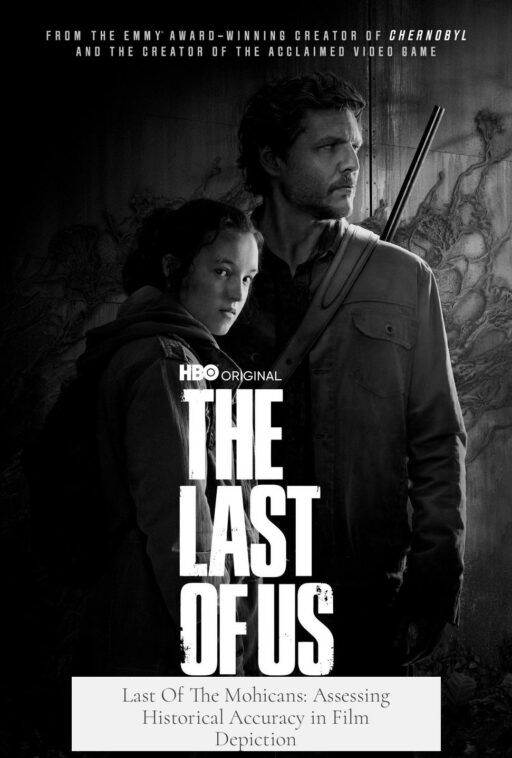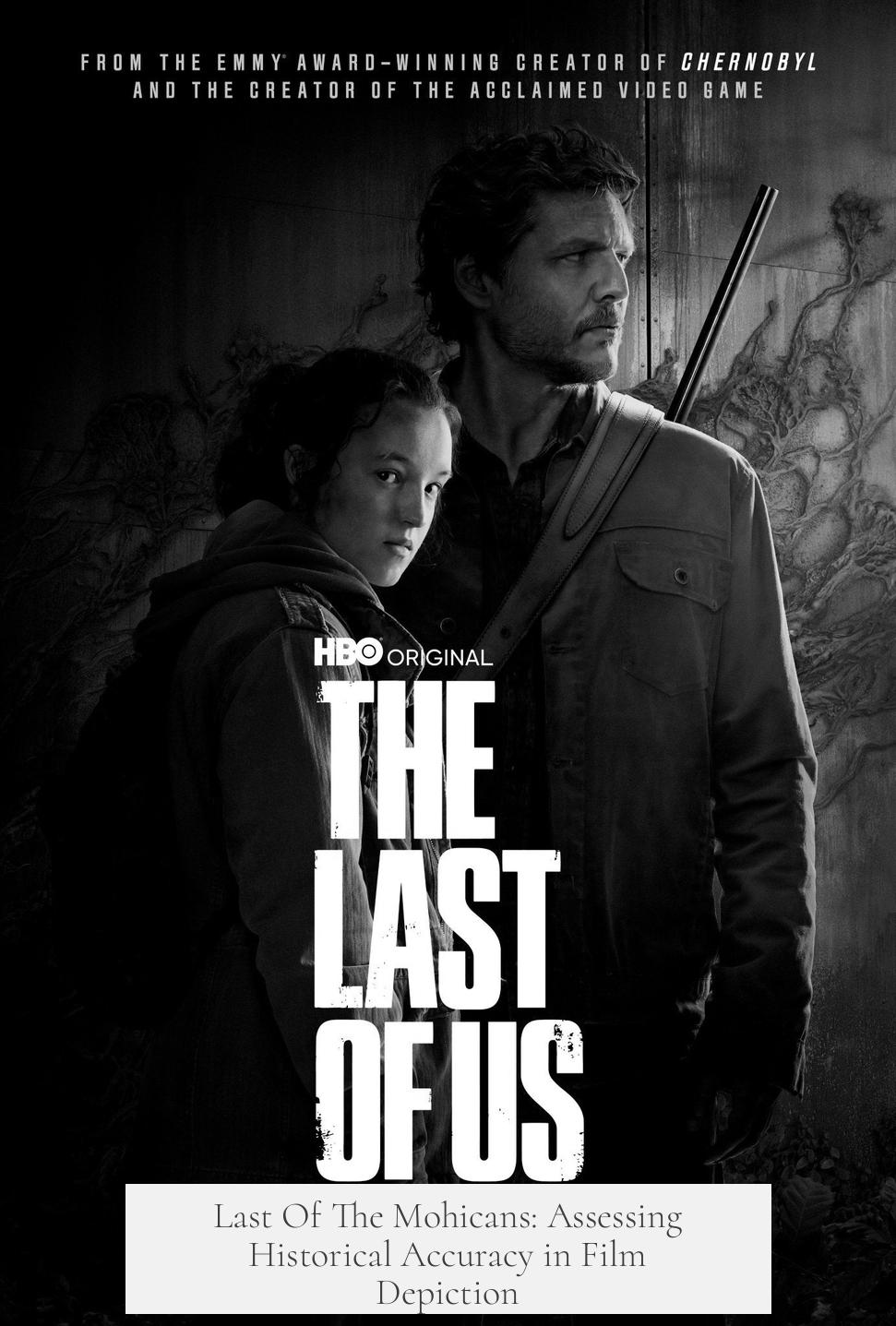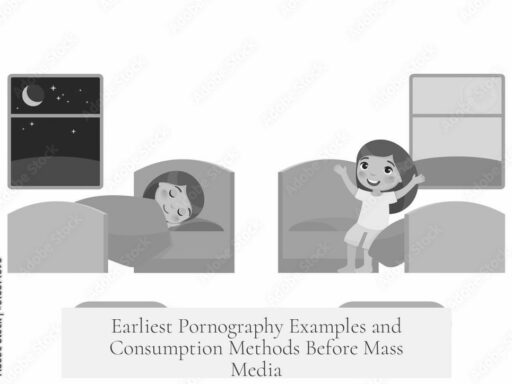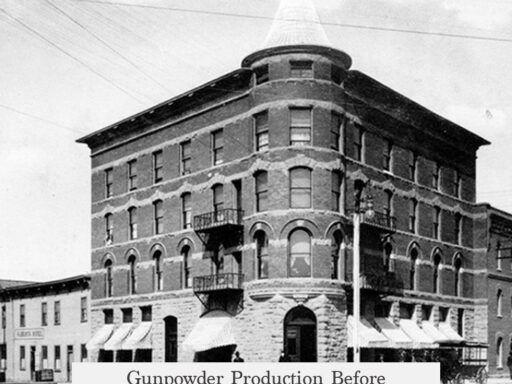The movie “Last of the Mohicans” balances historical accuracy with dramatic storytelling, making some parts accurate while others are fictionalized for entertainment. Its portrayal of the Siege of Fort William Henry and the subsequent massacre aligns closely with historical records. These events reflect the brutal realities of the French and Indian War and provide a solid anchor in history for the film.
Characters like Natty Bumppo, also known as Deerslayer or Hawkeye, represent invented elements. Their storylines and personal adventures in the movie are fictional and created to enhance the narrative appeal. This blend of fact and fiction helps engage viewers while loosely framing real events.
The film earns praise for its attention to small historical details, especially in costume design. The fashion accurately captures mid-18th-century styles, with only minor errors such as sleeve lengths. This accuracy helps immerse the audience in the period context.
- Many characters appear cleaner and more well-groomed than would have been typical in frontier life.
- Minor Hollywood touches, like unnaturally perfect teeth, detract slightly from authenticity.
The movie does not focus strictly on historical precision but rather on creating an exciting and visually appealing experience for viewers. This approach naturally involves some Hollywoodization to maintain audience interest.
For those seeking a historical overview, a reliable summary such as the one found on Wikipedia offers useful context on the real events behind the story. Yet, watching the film conveys the mood and tensions of the era effectively despite its dramatic liberties.
Key takeaways:
- The siege and massacre scenes are historically accurate.
- Key characters and plotlines around Hawkeye are fictional.
- Costume and setting details are carefully researched but not perfect.
- The film balances fact with entertainment needs.
- It offers a vivid impression of the period rather than a documentary-level history.
Last Of The Mohicans: How Accurate Is That Movie?

Short answer: The movie gets many key moments right but takes creative liberties to keep the story lively and engaging. If you’re wondering how close Last of the Mohicans is to history, you’re in for a blend of fact, fiction, and a dash of Hollywood flair. Let’s break down what’s truly accurate—and what’s a bit of storytelling smoke and mirrors.
The 1992 film, starring Daniel Day-Lewis, is based on James Fenimore Cooper’s 1826 novel. The story is set during the French and Indian War (1754–1763), a complex conflict where British and French forces battled for control of North America, while Native tribes chose sides, too. But can a flashy movie capture all this? Let’s dive into the details.
Fort William Henry: The Siege and the Massacre
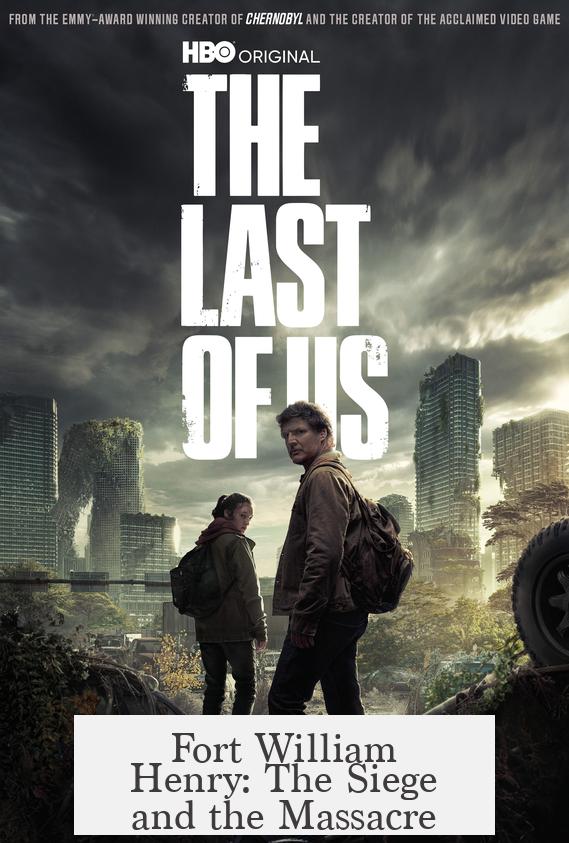
The film does a commendable job portraying the siege of Fort William Henry. This historical event happened in 1757 when the French, led by General Montcalm, captured the British fort after a grueling battle. The subsequent massacre, where Native allies of the French attacked retreating British soldiers and civilians, is both grim and historically accurate. The movie shows this harrowing episode with brutal honesty.
Some productions might brush over such dark moments. Not here. The grim reality is clear. This is a place where history and drama intersect perfectly—and the film respects that.
The Adventures of Natty Bumppo: Pure Hollywood Creation
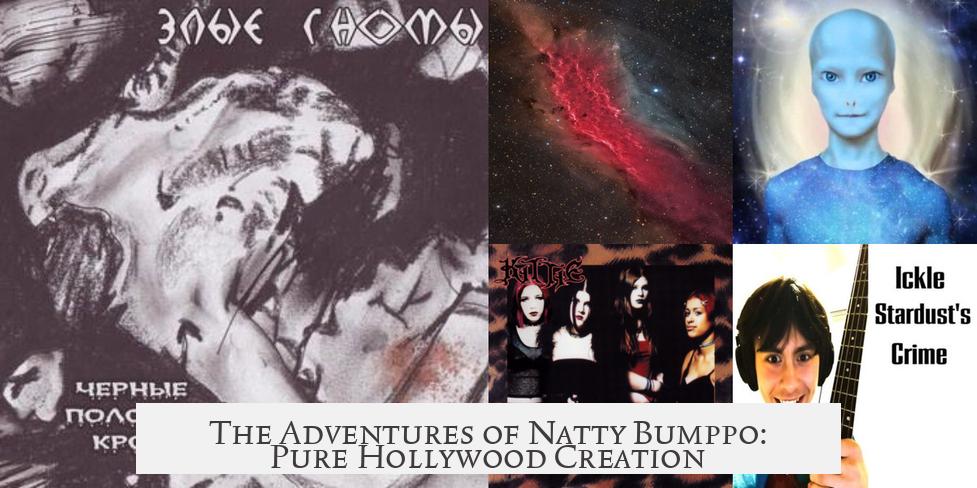
What about the legendary character Natty Bumppo? Natty, known as Deerslayer or Hawkeye, is central in the movie’s narrative, beloved for his frontier skills and moral compass. However, all his depicted exploits in the film are invented. In reality, Natty isn’t a historical figure but a fictional hero from Cooper’s novels. His daring rescues and runs through forests are thrilling but purely the stuff of adventure fiction.
So, if you want a historical biography, don’t look here. If you want a character who embodies the spirit of the era’s frontiersmen? Hawkeye’s your guy.
Historical Background: A Helpful Wikipedia Summary

For those keen on deeper clarity, Wikipedia offers a neat summary of the movie’s historical context. It sets the stage nicely, explaining the war’s factions, alliances, and conflicts that shape the story. It’s an excellent companion read if you leave the theater or pause the Netflix binge and want to fact-check.
Small Details Matter: Fashion and Dirt
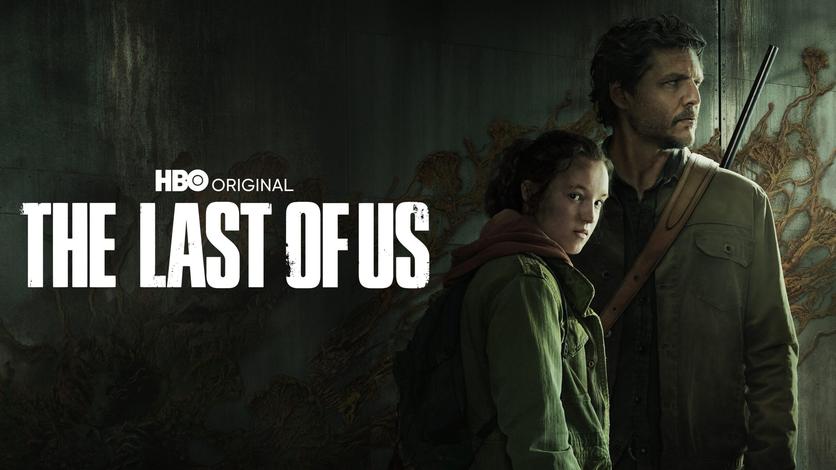
One of the most delightful things about the movie is its attention to detail. It nails the little things that make an 18th-century setting believable. Take fashion, for example.
A colleague once sat through the movie with me and noted that most of the women’s clothing is impressively accurate. She even picked out a minor snag—a dress sleeve whose length seemed off by a few decades. Yet, overall, the attire fits the 1750s like a glove. That’s no small feat considering Hollywood’s reputation for ‘fashion upgrades’ to please modern eyes.
But before you start imagining a muddy, scruffy frontier, remember the Hollywood polish. The film’s characters are probably a bit cleaner and tidier than real soldiers and settlers who spent weeks trapped in forest camps. Even small details like dental hygiene are suspect. For instance, the character of Cora is shown with perfect teeth—a rarity back then. If the camera zoomed in on historical smells, the audience might bolt. So, a little sparkly polish keeps viewers engaged.
Balancing Entertainment and Historical Reality
The film balances entertainment with history. That’s often a tightrope walk. Too much realism can sap the fun. Imagine watching a historical epic where every character smells like weeks-old sweat and campfire soot (now, that’s immersive!). While such accuracy appeals to historians, it might repel the average moviegoer looking for a gripping story.
Thus, the filmmakers add flair, drama, and cleaner visuals. These choices help the story move briskly and keep the emotional punch strong. Does this mean Hollywood is watering down history? Yes, but with a side of respect and care.
So, How Should You Watch It?
See Last of the Mohicans as a blend of history and legend. The film teaches viewers about a brutal chapter in North American history through a compelling fictional hero’s eyes. It captures key moments like the Fort William Henry siege with fidelity but invents much of its action and dialogue.
If you want 100% historical accuracy, unfortunately, no movie will ever fully deliver that without risking dullness. Yet, if you want to feel the pulse of the era and the emotional stakes of cultural conflict, this film hits a solid mark.
Here’s a quick takeaway table to clarify:
| Movie Element | Historical Accuracy | Notes |
|---|---|---|
| Siege of Fort William Henry | Fairly Accurate | Events and massacre shown with grim realism |
| Natty Bumppo’s Adventures | Invented | Fictional character with fictional episodes |
| Fashion and Appearance | Mostly Accurate | Period costumes; minor anachronisms; cleaner than reality |
| Atmosphere and Hygiene | Hollywoodized | Characters cleaner and fresher than frontier reality |
Watching the movie with an understanding of this blend makes it more enjoyable. You get to appreciate the history lessons while soaking up the drama. And who doesn’t love a good story well told?
Next time you see Last of the Mohicans, ask yourself: What would Natty Bumppo say about historical accuracy? Probably, “It’s all about the story—and how you tell it.” And in that, the movie scores a bullseye.
